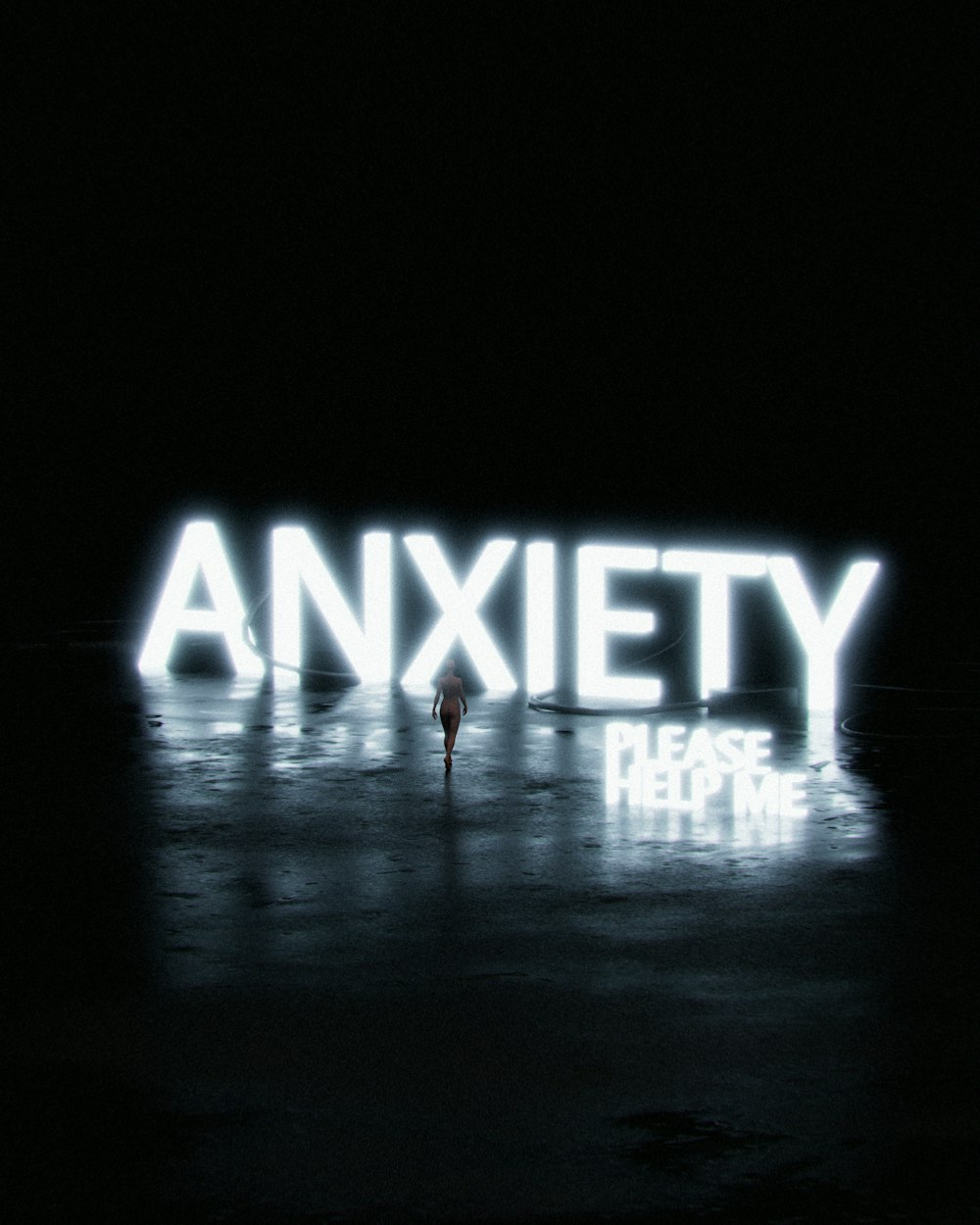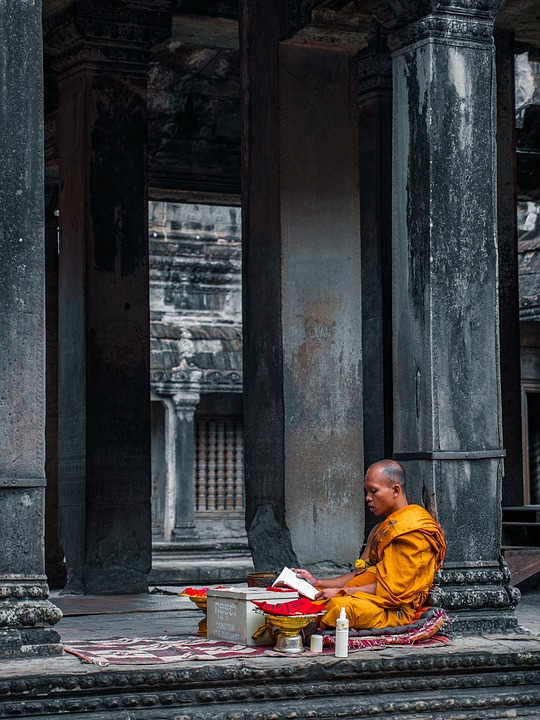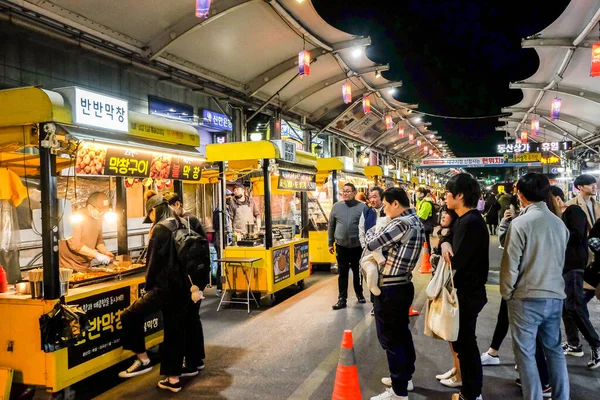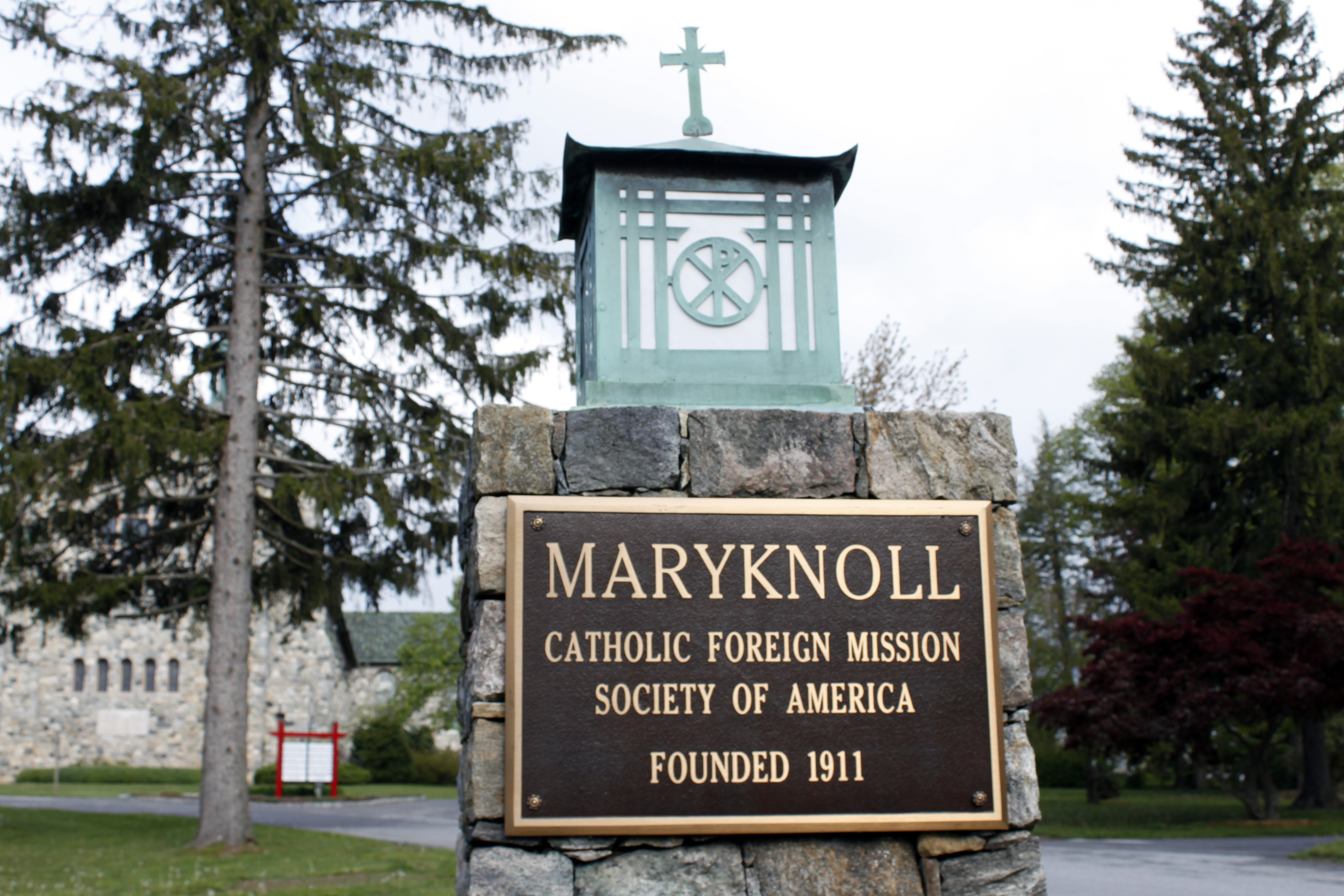
In the recent Catholic Peace Weekly a University priest professor gives the readers some help in deepening their spiritual life.

In the recent Catholic Peace Weekly a University priest professor gives the readers some help in deepening their spiritual life.

In the Catholic Times a person asked about the concept of truth, goodness and beauty of a seminary professor and below is the answer that was given. I have added unity to the list of three.
The concept of truth, goodness beauty and unity is both a philosophical and a theological concept, and comes from the attributes of God. God is the source of truth, goodness, beauty and unity. Truth, goodness, beauty and unity of this world are only finite concepts that reflect the essence of God. Because God is perfect, God's truth, goodness, beauty and unity are also perfect.
The truth, goodness beauty and unity in human beings can only be understood as analogous concepts resembling the true, goodness, beauty and unity of God. Therefore, human beings are said to be beings resembling God's image, which means analogically resembling God's attributes.
Therefore, the truth, goodness, beauty and unity experienced by human beings allow them to experience God analogically, and the deeper this experience, the higher the intensity of experiencing God.
After all, truth, goodness, beauty and unity are God's gifts to human beings so that they can know and worship God, and when they do it freely, they will become human beings who freely express their personality and take ethical actions.
In that respect, it is important to frequently experience and realize truth, goodness, beauty and unity
Because it will eventually lead humanity to God. Truth is the state of being in accordance with fact or reality. It is the ultimate goal in the search of all knowledge. Goodness is the state of being morally right or virtuous. It is the ultimate goal of all inquiry and action. Beauty is the state of being aesthetically pleasing or attractive the ultimate goal of all creative endeavors. Unity is the state of being integrated. It is the ultimate goal of all.
The transcendentals go back to ancient philosophy and understood as qualities that exist beyond the physical world and essential to human understanding and existence.
In Christian philosophy, the concept of the transcendental was developed by the Scholastic theologians, such as Thomas Aquinas in the 13th century. Aquinas taught that the transcendentals are attributes of God and are therefore inherently good. He argued that these qualities can be found in all things because they reflect God's goodness, truth, beauty, and unity.
However, today when we go to search on the internet for the transcendentals often we get three: the true, the good and the beautiful unity is missing. Our culture is not too interested in unity as we can see in our religions, politics, culture, race, and daily life. Materialism, our personal worldview, the value we give to things takes precedence over the dignity of the human being and the common good. What is useful is of more value than truth and the good.
The fundamental message of Sacred Scripture proclaims that the human person is a creature of God and sees in his being the image of God the element that characterizes and distinguishes him: "God created man in his own image, in the image of God he created him; male and female he created them" (Gen 1:27). God places the human creature at the center and summit of the created order. Man (in Hebrew, "adam") is formed from the earth ("adamah") and God blows into his nostrils the breath of life (cf. Gen
2:7). Therefore, "being in the image of God the human individual
possesses the dignity of a person, who is not just something, but
someone. He is capable of self-knowledge, of self-possession and of
freely giving himself and entering into communion with other persons.
Further, he is called by grace to a covenant with his Creator, to offer
him a response of faith and love that no other creature can give in his
stead." (Compendium of the Social Doctrine of the Church #108)

In the Eyes of the Priest column of the Catholic Peace Weekly, we hear about the ways some take advantage of the young with problems.
On the 16th of last month, a high school girl made an extreme choice in a high-rise building in Gangnam. The high school girl made her decision using an internet site called Depression Gallery, then used her smartphone to live-broadcast her extreme choice. Gallery users recorded the high school girl's live broadcast and watched it while sharing files with each other.
DC Inside is a conversation community where you can write anonymously without complicated authentication procedures. There is a chat room in the community where you can have a conversation about depression. On the surface, it is called a depression gallery because you can write anonymously, but some have turned it into a criminal space targeting psychologically unstable minors. Some who frequent the gallery are encouraging or helping teenagers with severe depression to make extreme choices.
On the 5th of this month, two high school girls who met at the Depression Gallery were rescued after making an extreme choice. When the two girls told the gallery about their hard feelings, they were told not to live like this and go on and die was the reason they decided to make an extreme choice. This time, there was a live broadcast on a smartphone, and in the real-time comments were numerous sayings: “Just die” and “Come on, jump .”
Crimes using the Depression Gallery do not stop here. A man met a woman who was active in the gallery and offered to comfort her, put a narcotic sleeping pill in her drink, and raped her. A man took a picture of a woman's appearance, put a so-called 'rape' on it, and 'exhibited' it in a gallery. People who saw the post said they commented with words of unspeakable hate.
An expert in criminal psychology appeared on a broadcast and said that the 'Depression Gallery' is "an evolved nth room where all the worst combinations such as sexual exploitation, suicide promotion, and drug use come together." He said that their movements also led to pseudo-religions. Some accused the site of being an "online crime scene" and that the depression gallery should be closed immediately.
What's even more surprising is that DC Inside, which runs the Depression Gallery, refused to shut it down despite these accusations. The copyright of the post and the backlash from users were the reasons.
The government is unable to forcibly shut down the site as there are no relevant laws. The police also set up a special team to investigate, but users said that it was difficult to find the criminal because they acted anonymously. But you can't just leave it like this. If it is difficult to close, it should be blocked. The Korea Communications Commission started reviewing the blocking of harmful sites, but it was too late. You must make hasty decisions and block access quickly. The police should not give up their efforts to find those who drove them to sexual exploitation and extreme choices.
We should all be by the side of those who are contemplating extreme choices. A teenager who was rescued after attempting an extreme choice said that this gallery was the only place where her story was heard. Today's youth are in a state of mental crisis as they are pushed into a fiercely competitive society after going through the entrance exam hell. We should pay attention to those who are having problems in their lives and the religious world, including the Catholic Church, must put more effort into movement for life.
Korea has the highest suicide rate in the OECD. The number one cause of death among adolescents is suicide. Teenagers who spend a murderous schedule looking only at college entrance are experiencing competition after competition. The world that drove them to depression is brutal. Moreover, some approach the depressed with the bait of 'consolation' but not to help, just one of the signs that not all is well with society.

During the time of the 3 Kingdom States, Buddhism entered first the Koguryo Kingdom in the North, in 372, the Paekche Kingdom in 384, and the Southeast Kingdom of Silla in 527. During the unified Silla period 676-935 Buddhism was the unifying force that united the people into a nation.
When giving expression to the Korean spirit we often hear that mentally Koreans are Confucian, but in their hearts Buddhists. The reason according to the writer was during the Chosen period from 1392-1910 the kingdom followed the policy of down with Buddhism and up with Confucianism. The relationship that the head has with the heart is no easy matter to fathom.
When we look at the situation with any depth we have the world of the Shamans who were in Korea centuries before Siddhartha Gautama and Confucius arrived. Did the world of the male and female shamans disappear after the entrance of Confucianism and Buddhism?
An important reason that Buddhism lost the influence it had during its golden age was not only its attachment to the ruling elite but also its close connections to the shamans in society. At the end of the Japanese occupation 1910-1945 this all ended.
President Syngman Rhee (1948-1960) a devout Methodist was the the president after liberation. He considered Zhu Xi (1130-1200) philosopher and politician during the Song Dynasty influential in the development of Neo-Confucianism. Syngman Rhee considered Neo Confucianism the reason for the problems in Korea and Buddhism the pro Japanese faction.
Buddhism towards the end of the Chosen Dynasty was connected with Japanese Buddhism and was seeing a revival.The government leaders of Japan in order to weaken the influence of Confucianism tried to strengthen Buddhism. President Rhee did the opposite and tried to weaken Buddhism and sided with the Buddhist nuns who were only 5% against the married monks who numbered over 95 %. President Park Chung-hee (1963-1979) separated the Buddhist into the celibate which became the Jogye Order and the Taego Order which had both the married and unmarried. The nuns were all unmarried which settled the issue for Buddhism.
In the 1960s Buddhism had another competitor in Christianity. And since Syngman Rhee was a Christian he gave the green light to Christianity and saw it as a great help for the future of Korea. However the essence of the Bible is Luke 10:27—You must love the Lord your God with your whole heart, your whole soul,your whole strength,and your whole mind, and your neighbor as you do yourself— How do these come to exist together in Korea, a multi-religious cultural sphere ruled by shamanism deep down, Buddhism in the heart, and Confucianism in the head?
Not a small number of Christians when faced with adversity will end up going to the temple or the Shaman. What would be the reason for this? The writer a specialist in Buddhism frequently goes to the temples and meets many who have left their Catholicism. Some have told him that whether it's Buddhism or Catholicism it is all the same and there is no reason to be concerned. There is no problem with the nobility of Buddhism and its teaching but they are not the same. When one tries to make them the same it is either a lack of knowledge or a failure to look deeply into the situation, they fail to see the contradictions.
In a serious examination of Buddhism we have reincarnation and purgatory, mercy and love, Buddhist emancipation and resurrection, Nirvana and heaven. Very difficult to make them the same.
There are many different sects of Buddhism in Korea. It is best to see Buddhism as a plurality of beliefs. Consequently to see what the essence of Buddhism is we have to go back to the beginning. However, according to many going back to the beginning to Siddhartha Gautama (563? 483?)we know three things: he was born, lived and died. In the past decades the Buddhist scholars were sure that Sakyamuni was not a myth but an historical person however in recent times some scholars are wondering whether this is the reality.
In Korea to be recognized as a Buddhist group there are certain requisites: it all began with Siddhartha Gautama. Sakyamuni first taught the Four Noble Truths and the Eightfold Path to the monks he met after he attained enlightenment.
The Four Noble Truths are traditionally identified as the first teaching given by the Buddha after he attained enlightenment.The truth of suffering, all forms of existence are unsatisfactory. The origin of suffering arises from craving, or attachment conditioned by ignorance. The cessation of suffering accomplished by the renunciation of desire or attachment which is also called nirvana the ultimate goal.The path to the cessation of suffering which is the Noble Eight-fold Path: right view, right intention, right speech, right action, right livelihood,right effort right mindfulness and right concentration.
There is no mention of a personal relationship with the Buddha. Since Buddhism is a non-theistic teaching, it is meaningless to have a personal relationship with the founder, Buddha. In other words the enlightenment is the essence of the teaching. Sakyamuni is only a figure who teaches the way to liberation from life and death as an example of enlightenment.
At the time of his baptism, Jesus realized in the Holy Spirit that he was the son favored by his father, the Lord. If you read the New Testament to the end, Jesus came to show us the way to the Father and to overcome death and enter eternal life. He was the way, the truth and life. We try to become one with him. This is what he taught us and what we hear from the Church today. "A disciple is not higher than a teacher. However, anyone who learns will become like a teacher" (Luke 6:40).

The Catholic Peace Weekly's Column by the paper's news director gives the readers some thoughts on Gentrification.
During his elementary school days in the 1970s, the 5-day market in his hometown was truly a festival with plenty to see, eat, and enjoy. The solicitation of the ‘wandering medicine hawkers’ was a cultural public performance held every five days. Musical instruments and dancers appeared, and various magic and demonstrations of power were performed. Monkeys and snakes appeared with strange feats performed. “Take a look at this! It doesn't come every day.” It was a scene where a crude homemade drug was turned into a panacea and sold, but regardless of the efficacy of the drug, onlookers continued to visit. At that time, the marketplace was the center of economic activities where sharing and friendship as well as reciprocity and gratuitousness were experienced in abundance.
His parents, who operated a ‘Pharmacy’ at the entrance to the market, allowed the vendors to set up stalls around the store when the market was open. They ate together and took care of their children in the house. His father repeated often: “When there are many merchants, people gather, and then there are many customers who buy medicine. If you're cold-hearted you'll kill each other. We have to live together.”
In the days when people had nothing and were hungry, the 5-day market was overflowing with food and hospitality. He saw a lot of food never seen before, and many were irresistible temptations. Even if you didn't have enough money, it was a marketplace where a bowl of rice soup was generously given and a few more were added to ask you to come next time.
A restaurant entrepreneur has renovated his hometown, Traditional Market, as part of a local coexistence project with the county office, and became a hot topic. The purpose was to develop the market and stimulate the local economy. When the permanent market was modernized to provide a variety of foods and attractions, beyond expectations hundreds of thousands of people gathered.
However, when visitors were turned away due to prolonged waiting times, parking problems, and lack of sanitary facilities such as toilets, it closed for a month and reopened in early April. In the meantime, various civil complaints have been resolved and food has become more diverse, but the most difficult task to solve was the phenomenon of ‘gentrification.’
‘Gentrification’— finds its etymological roots in the term gentry, or more specifically, landed gentry. It refers to a negative phenomenon in which low-income natives who originally resided are pushed out due to the influx of outsiders and money as the old city center is revitalized. The budget for the traditional market was the same. Some landlords notified existing merchants to vacate, and nearby accommodations and shops raised prices more than double, resulting in many victims.
Fortunately, with the efforts of the entrepreneur during the holiday period, most of these problems have been resolved. Sustainable jobs are provided to job seekers such as young people living in the region, and ‘local food’ is realized where agricultural products produced in the region are supplied as food ingredients.
Currently, our society is experiencing a crisis of serious social imbalance. Due to the low birth rate and the concentration of the population in the metropolitan area, there are concerns about “national and local existence”. Local autonomy was implemented in 1994 to revive local communities that were disappearing due to industrialization, but all local revitalization policies were of little help. One-time, subsidy policies are pointed out as a problem when they do not consider regional characteristics.
We have movements that are working to alleviate these problems that arise and one of them is: The economy of Communion (EoC). This is calling us to live, work, and do business in an integrated way, in concert with all of the other people in our lives. It is a project of the Focolare Movement a Catholic lay spiritual effort that seeks to unite people through economic activity and enterprise.
Revitalizing the traditional market and protecting the small commercial districts has its limits with the individual competence and sincerity of successful businessmen. The subject of commercial rights is the merchant, not politicians, government offices, or franchise companies. The sharing economy of distribution and growth can be realized only when selfishness is discarded and sharing and coexistence are pursued. Conflicts over gentrification in the budget market are educating us on how and what to do to resolve the regional imbalance.

The Maryknoll Society in Korea celebrated its 100th anniversary of entry into Korea on May 10, 2023. Both Catholic papers had articles about the celebration and what follows is a translation of an article on the celebration taken from the Catholic Times.
The Maryknoll Foreign Mission Society was founded in the United States for the purpose of missionary work in Asia. The article looked into the activities of the Maryknoll Society, which greatly contributed to the rapid growth of the Korean church.
Successful missionary work in North Korea was based on the renewal of the laity. The Korean missionary work of the Maryknoll Society began in Pyeongyang Province where the church was poor, 5 priests were taking care of 5 parishes, and about 50 mission stations were attached to the parishes at the time.
In 1922, the Maryknoll Society was entrusted with the missionary authority in the Pyeongyang region from the Sacred Congregation for the Propagation of the Faith (now Congregation for the Evangelization of Peoples) and began to build a foundation for the church in the province. Since 1923, the Maryknoll Society has sent priests and nuns as missionaries, including Father Patrick Byrne, who was in charge of preparing the Pyeongyang area. In 1927, after 4 years of working hard to develop the church it grew so the whole area was designated as the Pyeongyang Apostolic Prefecture.
The expansion of the church was driven by the missionary spirit of the Maryknoll Society, which emphasized the participation of the laity even with the rise of Japanese imperialism and communism.
The Maryknoll Society's missionary efforts were frustrated by the escalation of World War II. In 1942, all American missionaries from Korea under Japanese colonial rule were forcibly repatriated to the United States because the United States was considered an enemy. Through the efforts of the Maryknoll Society, the growth of the Pyeongyang area which had 51 missionaries, 21 parishes, and 26,424 believers, was put on hold.
After Japan was defeated in the war, three priests from the Maryknoll Society entered Korea in 1946 and stayed at Myeongdong Cathedral in Seoul to prepare for a return to the North. Although the door to North Korean missions was closed, the Maryknoll Society embarked on a new missionary journey in South Korea beginning the Diocese of Cheongju and Incheon and laying a solid foundation for growth in the Korean Church.
In 1953, the late Bishop Noh Ki-nam (Paul), then Archbishop of Seoul, entrusted the Maryknoll Society with pastoral care in the North Chungcheong area. In 1958, the apostolic prefecture in Chungcheongbuk-do became the Apostolic Vicariate of Cheongju, and Father James Pardy of the Maryknoll Society was ordained as a bishop, laying the foundation for the diocese as the first vicar.
The Maryknoll Society built churches among the poor and peasants in the war-torn North Chungcheong Province in the underdeveloped mountain villages. Parishes, outposts of the gospel, were prepared in places with potential for development in various parts of Chungcheongbuk-do. Clinics were opened in the Jeungpyeong, Okcheon, and Boeun areas to provide medical support to farmers, and with the support of the Catholic Relief Association under the Catholic Bishops' Conference of the United States, started to relieve the poor in Chungcheongbuk-do.
The Maryknoll Society set up credit cooperatives in parishes to provide a stepping stone for the poor to start small businesses by obtaining loans. It also provided opportunities for economic self-sufficiency by carrying out a campaign to increase rural income by raising Korean cattle and raising pigs for farmers.
As the churches in North Chungcheong Province were revitalized through the efforts of the Maryknoll Society in 1958 Bishop Roh entrusted the pastoral care of the Incheon area to the Maryknoll Society. In 1961, the Vatican elevated the apostolic prefecture of Incheon to an Apostolic Vicariate and ordained Fr. William John McNaughton as a bishop and appointed him as the first vicar.
Farmland reclaimed from tidal flats was distributed to about 300 refugee households who settled on Ganghwa Island, and the hungry were fed with relief food provided by the Catholic Relief Association. They also provided medical benefits to residents by setting up the “Christ the King Clinic” in the Ganghwa Island area. They organized the Catholic Labor Youth Association (JOC) to protect the rights and interests of impoverished workers.
Thanks to these efforts of the Maryknoll Society, the diocese of Cheongju has grown into one of the rural dioceses in Korea with the highest ratio of believers, with a ratio of believers to residents of 11.6% as of 2022 and about 200 priests in 82 parishes. The Diocese of Incheon has grown to become the third-largest diocese in Korea with over 520,000 believers.
The Maryknoll Society considered the self-reliance of the Korean church to be the essence of missions, so it continuously trained religious leaders. The Maryknoll Society established the Congregation of Our Lady of Perpetual Help, the first indigenous congregation in Korea, in Pyongyang, and focused on accepting Korean vocations. As a partner of the Korean church, it nurtured the vocation to the priesthood and religious life. The Religious Congregation of Our Lady of Perpetual Help is today one of the largest religious groups in the country.
After the Second Vatican Council, the Maryknoll Society pursued a special pastoral ministry into poor social situations according to the reform of the universal church. In the 1980s, the Maryknoll Society, together with the Maryknoll Sisters, started a basic community activity in Seongnam, Gyeonggi-do where workers and the poor were together. In 1987, Seoul Express Bus Terminal Parish, and Garak Market were areas in which they began pastoral work. It was a move that showed that the Korean church should move forward in special pastoral areas where ordinary pastors would have difficulty entering.
During the 100 years of its entry into Korea, the Maryknoll Society laid the foundation for church growth in the Pyeonyang Province, based on the renewal of the laity, served the poor, helped the Korean church become self-reliant with a socially engaged attitude, and greatly increased the numbers of Christians. Based on the results of pastoral and missionary work in Korea, the Maryknoll Society is preparing to move beyond Korea to missionary work in Asia.
Father Gerard E. Hammond, who has been in Korea as a missionary for more than 60 years, spent the past years reaping the fruit of evangelization in the south and said: “I hope that the Maryknoll Society's mission to the North, which was frustrated by the division of the country, will be resumed through national reconciliation. All the missionaries who have been with Korea throughout their lives did not forget their dream of returning to Pyongyang, their first missionary field.”
The Maryknoll Society will be hoping that in the next 100 years they will be planting the seeds of the gospel throughout China and Asia and returning to North Korea.